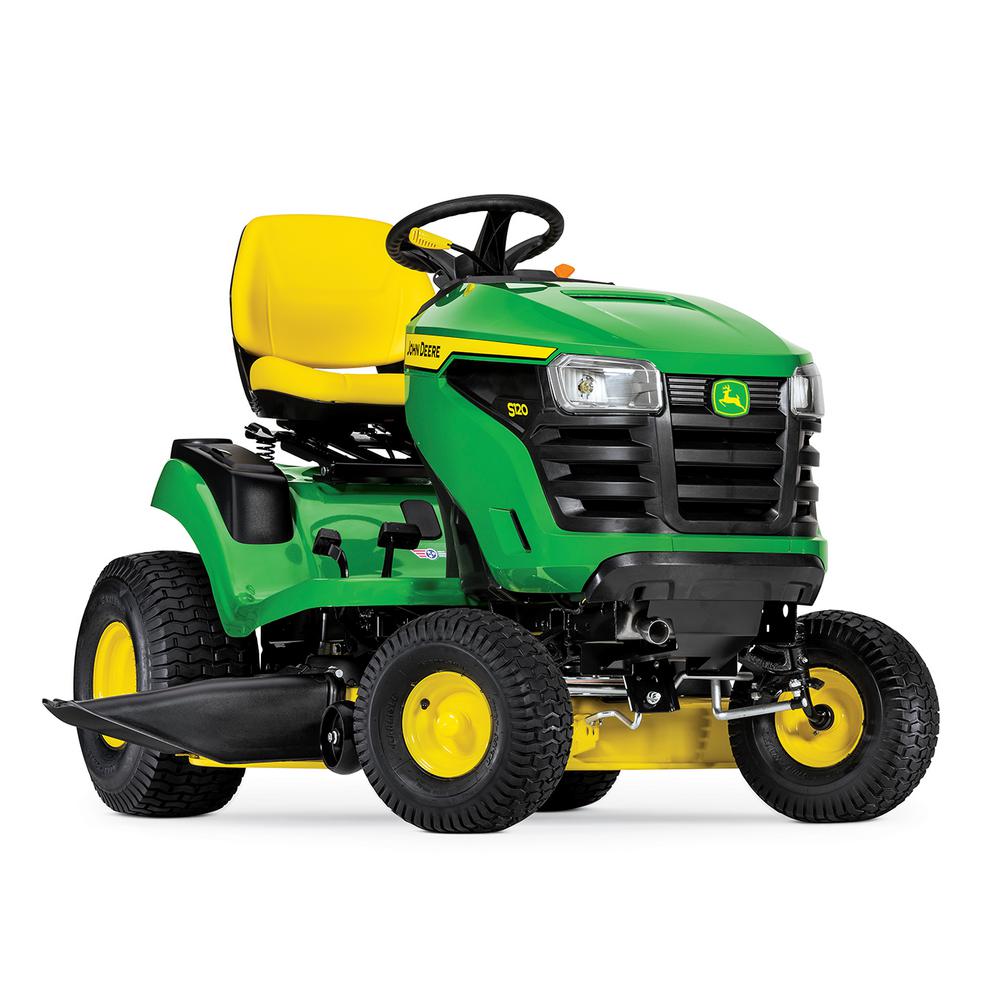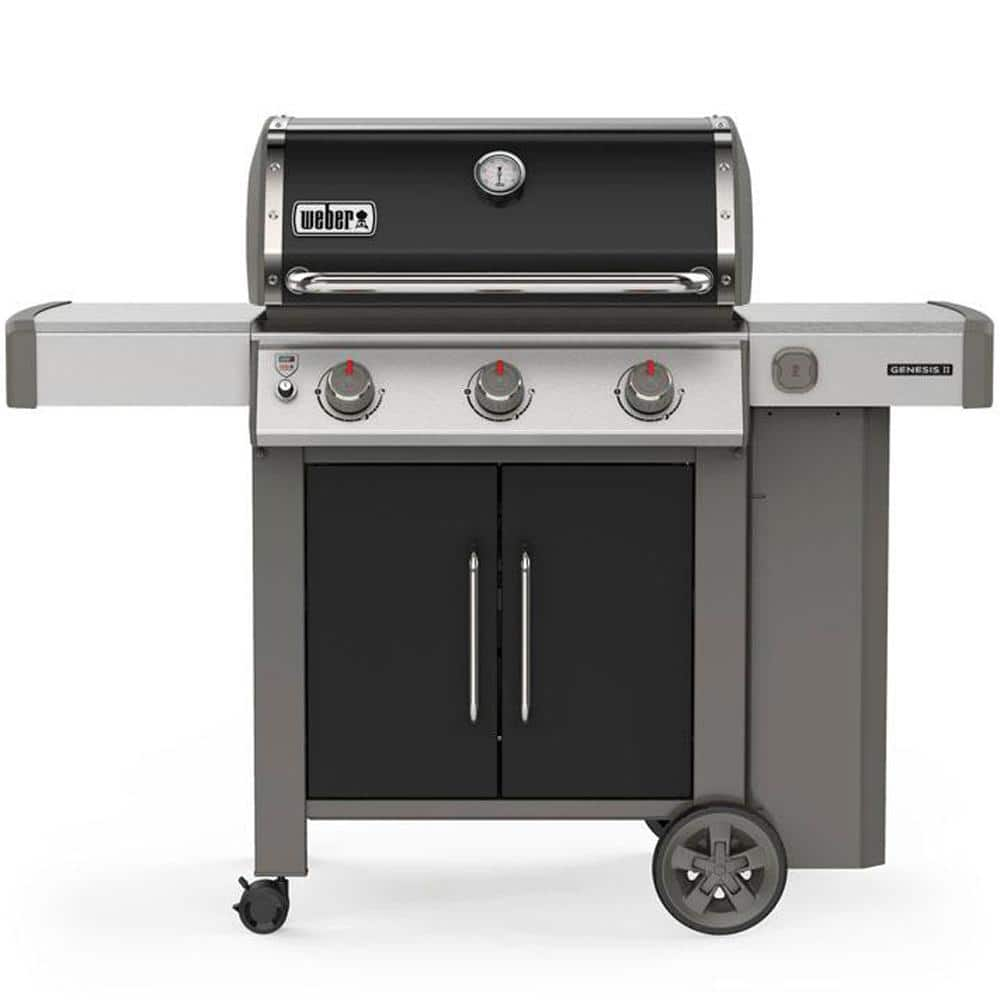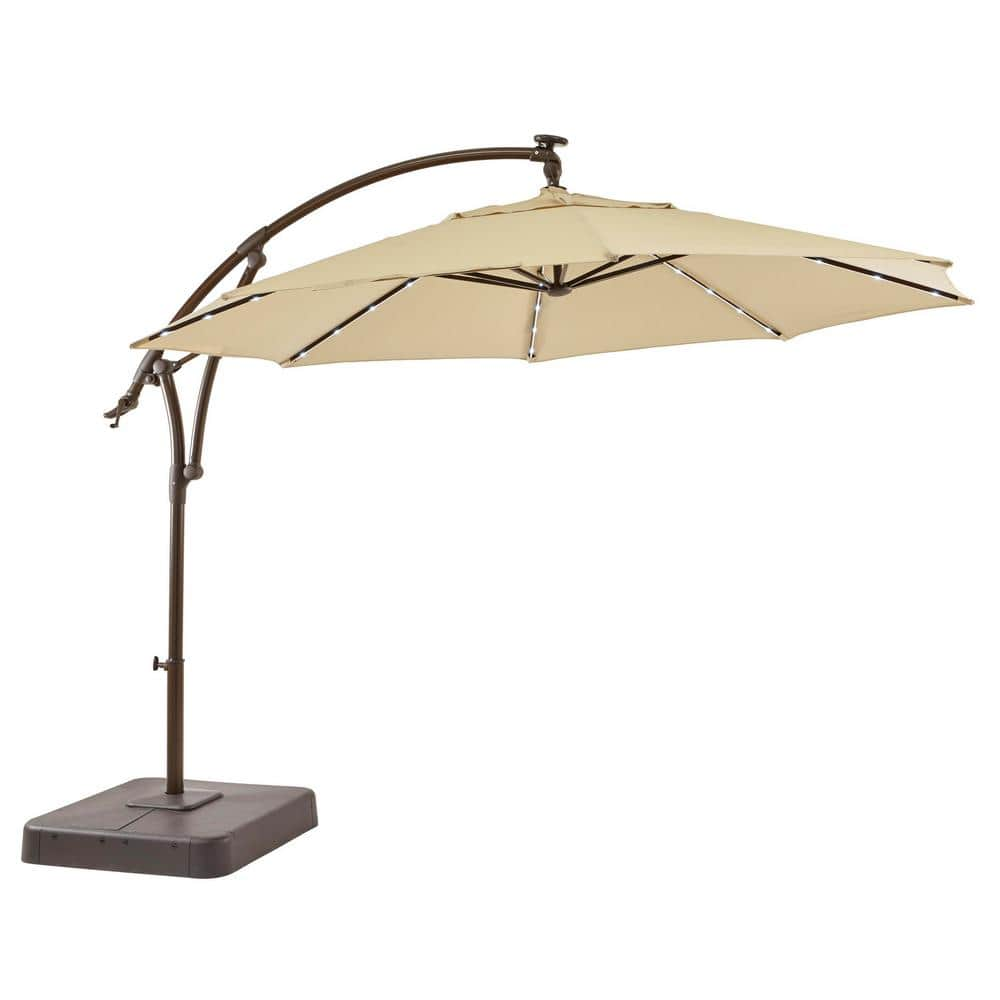The Wall Farm Indoor Vertical Garden – Wall Farm with Salad Kit
The Click & Grow Wall Farm is indoor vertical garden that grow fresh herbs, fruits and leafy greens all year round and hyper-locally. Take a look!
Our innovative technology makes growing edibles and flowers at home year round super easy. Thanks to our unique Smart Soil technology our vertical gardens can easily be integrated into every home, restaurant, school, grocery store, or office.
The Wall Farm has 3 shelves fully stacked with watering and lights. The Wall Farm has 51 growing holes in total.
Choose between 6 complementary plant starter kits that all contain 54 plant pods to get you started:
- HERB & SALAD KIT: 9 green lettuce, 9 romaine lettuce, 9 arugula, 9 basil, 9 curly parsley and 9 chives plant pods.
- SALAD KIT: 18 green lettuce, 18 romaine lettuce, 9 Red Kale and 9 Leaf Mustard plant pods.
- DARK GREENS KIT: 9 x romaine lettuce, 9 red kale, 9 pak choi, 9 bloody sorrel, 9 leaf mustard and 9 arugula plant pods.
- HERB KIT: 9 thyme, 9 rosemary, 9 basil, 9 cilantro, 9 chives and 9 curly parsley plant pods.
- FLOWER KIT: 18 busy lizzie, 18 petunia and 18 moss rose plant pods.
- VARIETY KIT: 9 mini tomato, 9 chili pepper, 9 basil, 9 curly parsley, 9 green lettuce and 9 arugula plant pods.
We recommend subscribing to regular plant deliveries to make sure you never run out of plants to grow and always save on time and money.
Note: The Wall Farm will be shipped in 3 packages: one containing the plywood shelf parts, one containing the hardware details (lights, water tanks etc.) and the third will contain all the plants.
Additional information
| Warranty | 1 Year Hassle-Free Warranty |
|---|
A farm (also called an agricultural holding) is an area of land that is devoted primarily to agricultural processes with the primary objective of producing food and other crops; it is the basic facility in food production. The name is used for specialized units such as arable farms, vegetable farms, fruit farms, dairy, pig and poultry farms, and land used for the production of natural fiber, biofuel, and other commodities. It includes ranches, feedlots, orchards, plantations and estates, smallholdings, and hobby farms, and includes the farmhouse and agricultural buildings as well as the land. In modern times, the term has been extended so as to include such industrial operations as wind farms and fish farms, both of which can operate on land or at sea.
There are about 570 million farms in the world, most of which are small and family-operated. Small farms with a land area of fewer than 2 hectares operate on about 12% of the world's agricultural land, and family farms comprise about 75% of the world's agricultural land.
Modern farms in developed countries are highly mechanized. In the United States, livestock may be raised on rangeland and finished in feedlots, and the mechanization of crop production has brought about a great decrease in the number of agricultural workers needed. In Europe, traditional family farms are giving way to larger production units. In Australia, some farms are very large because the land is unable to support a high stocking density of livestock because of climatic conditions. In less developed countries, small farms are the norm, and the majority of rural residents are subsistence farmers, feeding their families and selling any surplus products in the local market.
A garden is a planned space, usually outdoors, set aside for the cultivation, display, and enjoyment of plants and other forms of nature. The single feature identifying even the wildest wild garden is control. The garden can incorporate both natural and artificial materials.
Gardens often have design features including statuary, follies, pergolas, trellises, stumperies, dry creek beds, and water features such as fountains, ponds (with or without fish), waterfalls or creeks. Some gardens are for ornamental purposes only, while others also produce food crops, sometimes in separate areas, or sometimes intermixed with the ornamental plants. Food-producing gardens are distinguished from farms by their smaller scale, more labor-intensive methods, and their purpose (enjoyment of a hobby or self-sustenance rather than producing for sale, as in a market garden). Flower gardens combine plants of different heights, colors, textures, and fragrances to create interest and delight the senses.
The most common form today is a residential or public garden, but the term garden has traditionally been a more general one. Zoos, which display wild animals in simulated natural habitats, were formerly called zoological gardens. Western gardens are almost universally based on plants, with garden, which etymologically implies enclosure, often signifying a shortened form of botanical garden. Some traditional types of eastern gardens, such as Zen gardens, however, use plants sparsely or not at all. Landscape gardens, on the other hand, such as the English landscape gardens first developed in the 18th century, may omit flowers altogether.
Landscape architecture is a related professional activity with landscape architects tending to engage in design at many scales and working on both public and private projects.
Indoor(s) may refer to:
- the interior of a building
- Indoor environment, in building science, traditionally includes the study of indoor thermal environment, indoor acoustic environment, indoor light environment, and indoor air quality
- Built environment, the human-made environment that provides the setting for human activity
- Indoor athletics
- indoor games and sports
A salad is a dish consisting of mixed ingredients, frequently vegetables. They are typically served chilled or at room temperature, though some can be served warm. Condiments and salad dressings, which exist in a variety of flavors, are often used to enhance a salad.
Garden salads use a base of leafy greens such as lettuce, arugula or rocket, kale or spinach; they are common enough that the word salad alone often refers specifically to garden salads. Other types include bean salad, tuna salad, bread salad (such as fattoush, panzanella), vegetable salads without leafy greens (such as Greek salad, potato salad, coleslaw), rice-, pasta- and noodle-based salads, fruit salads and desserts.
Salads may be served at any point during a meal:
- Appetizer salads – light, smaller-portion salads served as the first course of the meal
- Side salads – to accompany the main course as a side dish; examples include potato salad and coleslaw
- Main course salads – usually containing a portion of one or more high-protein foods, such as eggs, legumes, or cheese
- Dessert salads – sweet salads containing fruit, gelatin, sweeteners or whipped cream
When a sauce is used to flavor a salad, it is generally called a dressing; most salad dressings are based on either a mixture of oil and vinegar or a creamy dairy base.
The ( ) is a grammatical article in English, denoting persons or things that are already or about to be mentioned, under discussion, implied or otherwise presumed familiar to listeners, readers, or speakers. It is the definite article in English. The is the most frequently used word in the English language; studies and analyses of texts have found it to account for seven percent of all printed English-language words. It is derived from gendered articles in Old English which combined in Middle English and now has a single form used with nouns of any gender. The word can be used with both singular and plural nouns, and with a noun that starts with any letter. This is different from many other languages, which have different forms of the definite article for different genders or numbers.
Vertical is a geometric term of location which may refer to:
- Vertical direction, the direction aligned with the direction of the force of gravity, up or down
- Vertical (angles), a pair of angles opposite each other, formed by two intersecting straight lines that form an "X"
- Vertical (music), a musical interval where the two notes sound simultaneously
- "Vertical", a type of wine tasting in which different vintages of the same wine type from the same winery are tasted
- Vertical Aerospace, stylised as "Vertical", British aerospace manufacturer
- Vertical kilometer, a discipline of skyrunning
- Vertical market, a market in which vendors offer goods and services specific to an industry
- Vertical integration, a management term describing a style of ownership and control
A wall is a structure and a surface that defines an area; carries a load; provides security, shelter, or soundproofing; or, is decorative. There are many kinds of walls, including:
- Walls in buildings that form a fundamental part of the superstructure or separate interior rooms, sometimes for fire safety
- Glass walls (a wall in which the primary structure is made of glass; does not include openings within walls that have glass coverings: these are windows)
- Border barriers between countries
- Brick walls
- Defensive walls in fortifications
- Permanent, solid fences
- Retaining walls, which hold back dirt, stone, water, or noise sound
- Stone walls
- Walls that protect from oceans (seawalls) or rivers (levees)
With or WITH may refer to:
- With, a preposition in English
- Carl Johannes With (1877–1923), Danish doctor and arachnologist
- With (character), a character in D. N. Angel
- With (novel), a novel by Donald Harrington
- With (album), a 2014 album by TVXQ
- With (EP), a 2021 EP by Nam Woo-hyun






Reviews
There are no reviews yet.